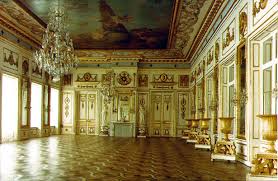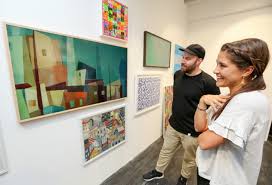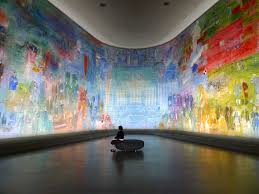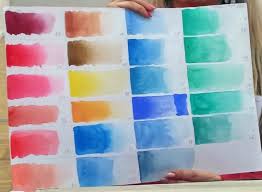depressing impression
HISTORY OF THE DEVELOPMENT OF THE DUTCH AND FLEMAND STILL LIFE (part 2)
 The developed manufactory, which arose on the basis of marine industries and shipping, a huge colonial economy and a leading role in world trade, provided Holland with an economic upsurge. Natural sciences are being developed to cater for the increased needs of the economy. Culture is blooming. Holland is becoming the center of European typography, and its universities enjoy universal fame. Significant successes are made by fiction, professional Dutch theater appears, outstanding works arise in the field of architecture, graphics flourish, and finally, the most characteristic, specifically Dutch art – painting reaches unprecedented heights.
The developed manufactory, which arose on the basis of marine industries and shipping, a huge colonial economy and a leading role in world trade, provided Holland with an economic upsurge. Natural sciences are being developed to cater for the increased needs of the economy. Culture is blooming. Holland is becoming the center of European typography, and its universities enjoy universal fame. Significant successes are made by fiction, professional Dutch theater appears, outstanding works arise in the field of architecture, graphics flourish, and finally, the most characteristic, specifically Dutch art – painting reaches unprecedented heights.
We pay tribute to the brave Dutch seafarers, respect the achievements of Dutch opticians and doctors, philosophers and lawyers, but Dutch painters have overshadowed their glory for centuries. Continue reading
HISTORY OF LANDSCAPE GENRE DEVELOPMENT (part 2)
 Landscape motifs began to play a more important role during the High Renaissance. Many artists began to carefully study nature. Having abandoned the usual construction of spatial plans in the form of wings, piling up parts that are inconsistent in scale, they turned to scientific developments in the field of linear perspective. Now the landscape, presented as a whole picture, is becoming an essential element of artistic plots. So, in the altar compositions, which the painters most often referred to, the landscape looks like a scene with human figures in the foreground. Continue reading
Landscape motifs began to play a more important role during the High Renaissance. Many artists began to carefully study nature. Having abandoned the usual construction of spatial plans in the form of wings, piling up parts that are inconsistent in scale, they turned to scientific developments in the field of linear perspective. Now the landscape, presented as a whole picture, is becoming an essential element of artistic plots. So, in the altar compositions, which the painters most often referred to, the landscape looks like a scene with human figures in the foreground. Continue reading
ABOUT AQUARIAN PAINTING TECHNIQUE (part 5)
 This is confirmed by laboratory tests. Today, there are world-famous manufacturers who honor the traditions of the best manufactories, they have earned the high trust and respect of professionals. Information on the quality of the paint used can always be found by marking on its packaging. Knowing some of the laws of mixing, studying the behavior of paints of different companies and work experience will suggest the preferred choice of paints.
This is confirmed by laboratory tests. Today, there are world-famous manufacturers who honor the traditions of the best manufactories, they have earned the high trust and respect of professionals. Information on the quality of the paint used can always be found by marking on its packaging. Knowing some of the laws of mixing, studying the behavior of paints of different companies and work experience will suggest the preferred choice of paints.
Another stereotype is related to paper quality. You can read a lot of interesting things from the history of paper production and its application. Without delving into history and moving on to practical recommendations, let’s say that a modern watercolorist has a wide selection of professional paper. Continue reading




